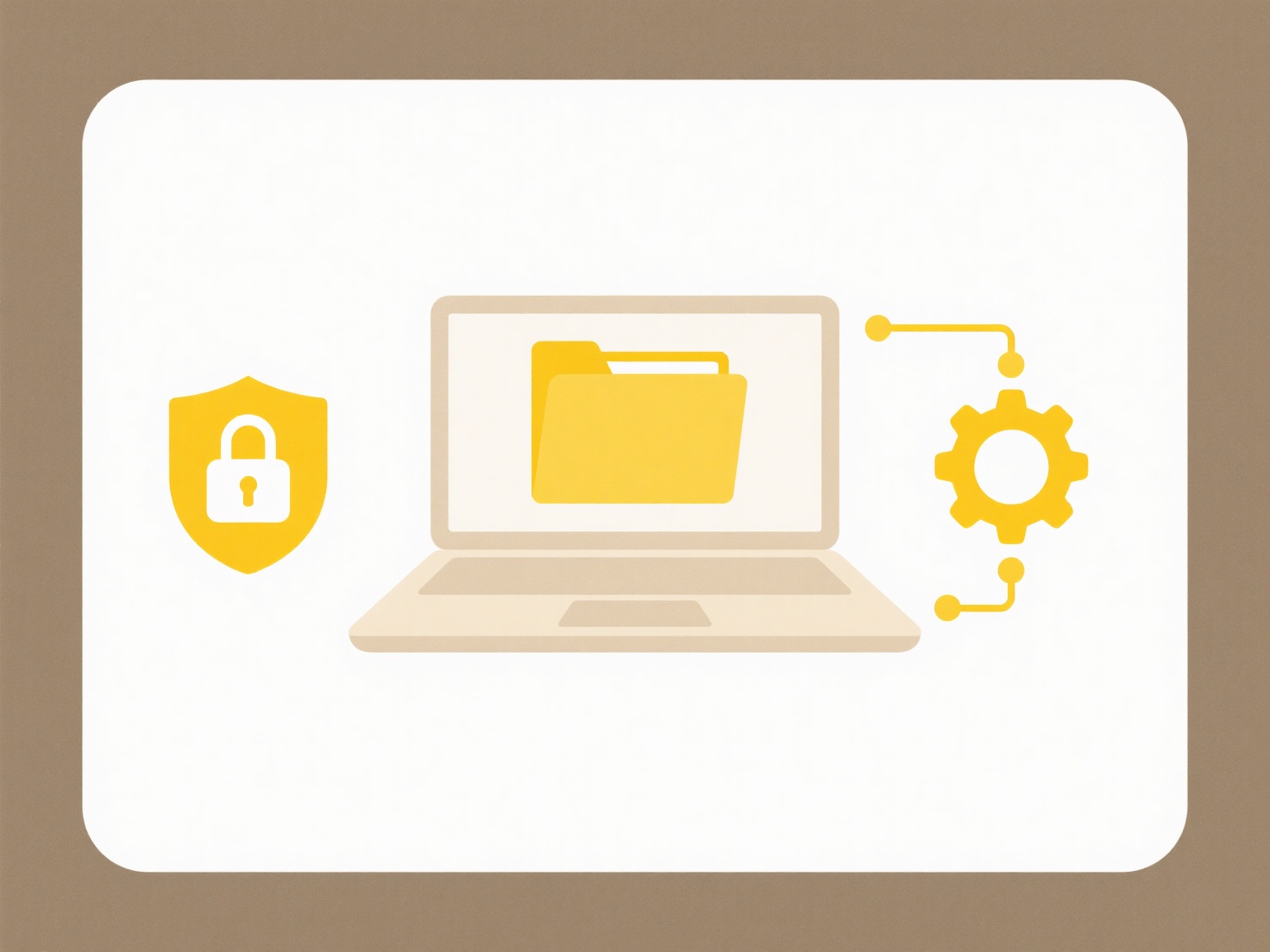
File recall allows you to revoke access to a shared file after sending it. However, this capability is not universal; it depends entirely on the specific platform and settings used for sharing. Unlike simply unsending an email before it's opened, recalling a file requires the sharing system's explicit features to work and faces significant limitations. Success requires the platform to support access revocation and the recipient not to have already accessed or downloaded the file.
For instance, cloud storage platforms like Google Drive, Microsoft OneDrive, and Dropbox generally support recalling access. If you share a file via a link and later edit the link settings to "Off" or remove a specific person's access, future access attempts will fail (if the recipient hasn't already viewed/downloaded it). File-sharing tools within enterprise collaboration suites (like Microsoft SharePoint or Box) also provide administrators or file owners with robust access revocation controls.

Major limitations include: once a recipient opens or downloads the file, recall becomes ineffective as they now possess a local copy. Effective recall requires strict permission control settings at the time of sharing (e.g., 'view only' vs. 'can edit/download') and platform support. While crucial for mitigating accidental data exposure or managing outdated documents, users must understand recall is prevention of future access, not retrieval of already taken data. Always verify permissions before sharing sensitive information.
Can I recall a shared file after sending it?
File recall allows you to revoke access to a shared file after sending it. However, this capability is not universal; it depends entirely on the specific platform and settings used for sharing. Unlike simply unsending an email before it's opened, recalling a file requires the sharing system's explicit features to work and faces significant limitations. Success requires the platform to support access revocation and the recipient not to have already accessed or downloaded the file.
For instance, cloud storage platforms like Google Drive, Microsoft OneDrive, and Dropbox generally support recalling access. If you share a file via a link and later edit the link settings to "Off" or remove a specific person's access, future access attempts will fail (if the recipient hasn't already viewed/downloaded it). File-sharing tools within enterprise collaboration suites (like Microsoft SharePoint or Box) also provide administrators or file owners with robust access revocation controls.

Major limitations include: once a recipient opens or downloads the file, recall becomes ineffective as they now possess a local copy. Effective recall requires strict permission control settings at the time of sharing (e.g., 'view only' vs. 'can edit/download') and platform support. While crucial for mitigating accidental data exposure or managing outdated documents, users must understand recall is prevention of future access, not retrieval of already taken data. Always verify permissions before sharing sensitive information.
Quick Article Links
How do I rename files on iOS or Android?
File renaming on iOS or Android refers to changing the name of a document, photo, or other file stored locally on your d...
How do I search files by creation date vs modified date?
File creation date marks when a file was first saved on a specific system, essentially its "birthday" on that storage de...
Can I apply tags to files in cloud and local simultaneously?
Applying tags simultaneously to files in both cloud (like OneDrive, Google Drive) and local storage typically requires u...